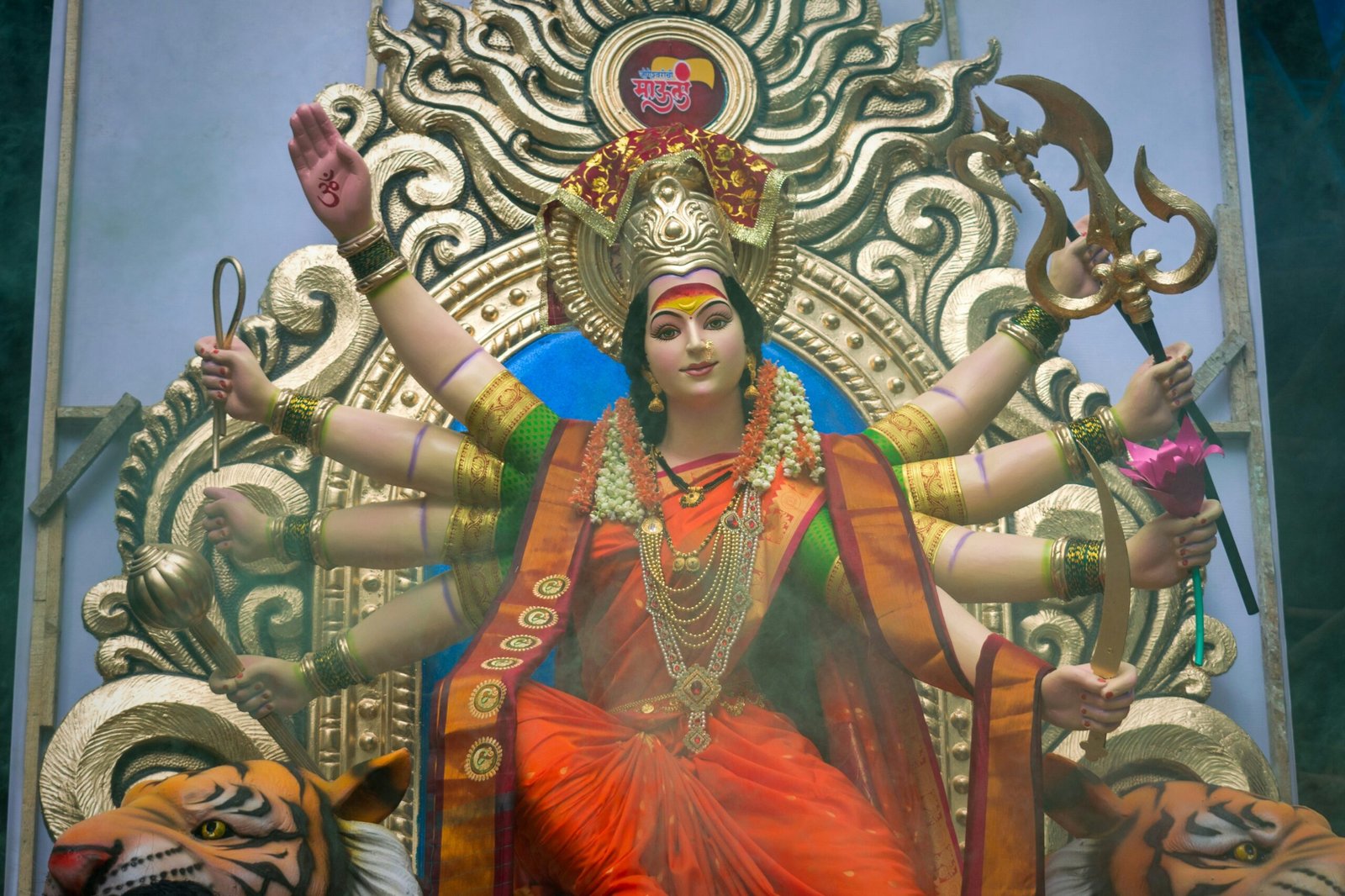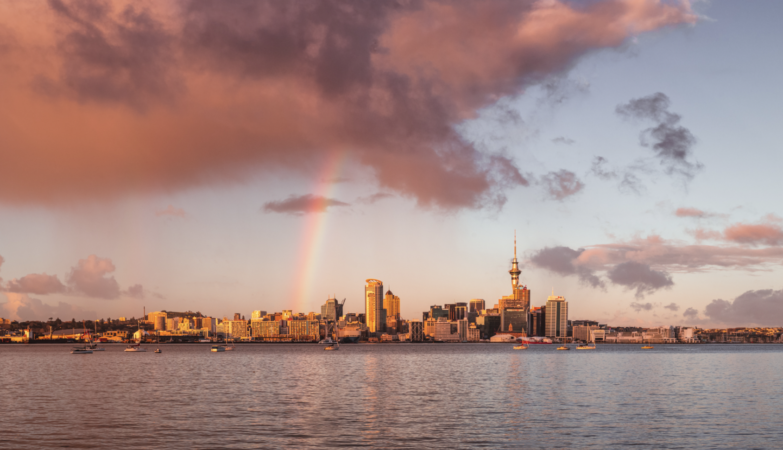Introduction to Maasai Culture
The Maasai tribe, renowned for its rich cultural heritage, resides primarily in the southern region of Kenya and northern Tanzania. This semi-nomadic community has been able to maintain its traditions despite the rapid modernization occurring in their surroundings. The Maasai are particularly notable for their distinctive customs, social structures, and vibrant arts, all of which play an integral role in their identity. Central to understanding the Maasai culture is their historical connection to the land, as they have coexisted with wildlife in the East African savannah for centuries.
Traditional attire is one of the most vibrant expressions of Maasai identity. Men typically don shúkà, a red plaid cloth that signifies their bravery and strength, while women wear beautifully decorated beadwork combined with colorful dresses. This attire not only reflects their artistic capabilities but also embodies cultural significance, as colors and patterns convey various meanings about age, social status, and marital status. Moreover, the elaborate beadwork, created by women, showcases personal stories and community status, reinforcing the vital roles women play within their society.
Ceremonies and dances are essential practices that serve to unite the community, honor milestones, and express social values. Events such as the famous jumping dance (Adumu) are not solely for entertainment; they also symbolize courage and the coming of age of young warriors. Furthermore, rituals surrounding birth, initiation, and marriage are deeply ingrained in their traditional practices, providing insight into the cultural norms that govern Maasai society.
Engaging with the Maasai culture through experiences such as cultural homestays enables travelers to connect authentically with this unique lifestyle. Such interactions offer unparalleled insight into the daily lives of the Maasai, fostering a respect for their customs while enriching travelers’ cultural perspectives. The blending of hospitality with rich traditions makes a homestay an exceptional opportunity for cultural immersion.
What is a Cultural Homestay?
A cultural homestay is an immersive travel experience that allows individuals to live with local families, offering a unique perspective into their daily lives, customs, and traditions. This type of accommodation is distinct from typical hotels or resorts as it prioritizes cultural exchange, fostering connections between travelers and local communities. Through these interactions, visitors gain first-hand insight into the lifestyles and values of the host families, creating a rich tapestry of learning opportunities.
Staying with a local family not only transforms a traveler’s understanding of a destination but also enriches their journey in various ways. This cultural immersion experience can include participating in traditional activities such as cooking local dishes, attending community events, or learning basic phrases in the indigenous language. Engaging with the hosts often leads to deeper conversations about the history, beliefs, and social dynamics of the community, enhancing the overall travel experience.
Cultural homestays also present an opportunity to support local economies directly. By staying with families, travelers contribute to their livelihoods and help maintain their cultural heritage. This two-way interaction allows both parties to learn from each other’s respective ways of life, fostering a sense of global community. Furthermore, such experiences can lead to lasting friendships, making the journey far more meaningful than a brief hotel stay. In essence, a cultural homestay is an enlightening experience that goes beyond just visiting a place; it involves becoming a part of it.
Preparing for Your Homestay Experience
Embarking on a homestay with the Maasai tribe in Kenya promises to be a captivating journey. To ensure a rewarding experience, it is essential to prepare adequately for your visit. Begin by creating a checklist of items to pack. Essential clothing should be lightweight and modest, suitable for a rural setting. It is advisable to bring breathable fabrics to cope with the warm climate, and sturdy walking shoes, as many villages are not accessible by vehicle. Also, consider packing a durable rain jacket, as seasonal rains can be unpredictable.
Understanding cultural etiquette is vital when interacting with the Maasai people. Respect for local customs is paramount; this includes asking permission before taking photos and addressing tribe members with greetings in their native language. The Maasai value hospitality, and a friendly approach goes a long way. When offered food or drink, graciously accepting is a sign of respect and appreciation for their generosity. It is recommended to learn a few basic Swahili phrases, as they can enhance your interactions and demonstrate your appreciation for their culture.
As you immerse yourself in the homestay experience, be prepared for unique living conditions. Traditional Maasai villages, known as enkangs, may lack modern amenities like electricity and running water. Therefore, it is wise to bring essential items such as a flashlight and water purification tablets. Additionally, be open to participating in daily activities, from herding cattle to engaging in traditional dance. This involvement not only enriches your stay but fosters mutual understanding between you and the Maasai tribe. Embrace the opportunity to learn and share in their rich cultural heritage.
Daily Life in a Maasai Village
Life in a Maasai village is a vibrant tapestry, woven with unique customs, traditions, and routines that reflect the deep-seated culture of the Maasai people. At the break of dawn, the rhythmic sounds of nature awaken the village, signaling the start of a new day. Men and boys begin their day with a crucial task—herding the cattle, which hold significant importance in Maasai society. These cattle are more than just livestock; they symbolize wealth, social status, and cultural identity. Herding involves not only guiding the animals to grazing pastures but also ensuring their safety from predators.
While the men are engaged in herding, the women partake in essential household duties. Cooking traditional dishes is a communal effort often carried out in the community’s central gathering place. The Maasai diet typically consists of milk, blood, and meat, along with some grains. Women skillfully prepare meals using age-old techniques passed down through generations, emphasizing the importance of preserving their culinary heritage. This preparation is not merely about sustenance; it is also an opportunity for women to reinforce their bonds through shared effort.
Community rituals punctuate daily life in a Maasai village, serving as a vital means of preserving cultural heritage and reinforcing social cohesion. These rituals can range from celebrations marking significant life events—such as births, initiations, and marriages—to communal gatherings for storytelling and singing. As these activities unfold, visitors can witness the rich oral traditions that define the Maasai culture, deepening their appreciation for the tribe’s way of life.
Engaging with the Maasai in their daily routines offers travelers a profound insight into their traditional lifestyle. By participating in herding, cooking, and rituals, visitors can immerse themselves in the dynamic rhythms of village life, fostering a connection that transcends mere tourism. Understanding these practices enriches the travel experience, highlighting the significance of each activity in the rich cultural tapestry of the Maasai tribe.
Cultural Activities and Learning Opportunities
Traveling to the Maasai territory in Kenya offers a distinctive chance to immerse oneself in the rich heritage of the Maasai people. Participants in cultural homestays can engage in a variety of activities that highlight traditional Maasai customs and art forms. One of the most captivating experiences is witnessing traditional dances and music performances, where the vibrant rhythms and colorful attire create a mesmerizing atmosphere. These performances are not mere entertainment but are steeped in historical significance, reflecting the community’s values, stories, and rituals.
Additionally, travelers can participate in craft-making sessions that provide insight into the Maasai way of life. These hands-on experiences often include creating beaded jewelry or intricate handicrafts, allowing visitors to learn directly from skilled artisans. Not only do these activities serve as entertaining diversions, but they also offer valuable lessons in craftsmanship and the cultural narratives behind each piece. By understanding the meaning and purpose of these crafts, travelers gain deeper respect for the Maasai traditions and their connection to the land.
Moreover, engaging with local elders or community leaders during discussions on cultural practices enriches the traveler’s understanding of Maasai heritage. Through storytelling, visitors can appreciate the historical context of the Maasai culture, including their customs regarding family, community, and spirituality. These interactions foster a meaningful connection between visitors and the Maasai tribe, encouraging mutual respect and appreciation.
Participating in such cultural activities not only enhances the traveler’s experience but also contributes to the preservation of Maasai traditions. By engaging with the local community, travelers are helping to sustain these cultural practices for future generations. In conclusion, the unique cultural activities available during a homestay with the Maasai Tribe present invaluable opportunities for learning, connection, and enrichment, making it a truly unique travel experience.
The Impact of Cultural Homestays on the Maasai Community
Cultural homestays with the Maasai tribe in Kenya have emerged as a significant avenue for promoting sustainable tourism while simultaneously benefiting the local community. By engaging travelers in authentic homestay experiences, the Maasai Tribe is not only able to share their rich cultural heritage but also foster economic growth within their communities. The influx of visitors provides a much-needed source of income that can contribute to essential services such as healthcare and education, ultimately enhancing the overall quality of life for the Maasai people.
Moreover, these cultural exchanges promote a greater understanding and appreciation of Maasai traditions and lifestyles among tourists. Visitors gain firsthand insights into the daily lives of the community, which cultivates respect for cultural diversity and encourages the preservation of invaluable traditions. The funds generated through homestays also facilitate the maintenance of cultural sites and practices, ensuring that future generations can continue to engage with their heritage.
However, the rise of cultural homestays is not without its challenges. It is crucial to address the potential risks associated with tourism, such as cultural commodification, where traditions may be altered to suit tourist expectations. To mitigate these effects, responsible tourism practices must be prioritized. This includes educating tourists on the importance of respecting local customs and establishing guidelines that preserve the authenticity of the Maasai experience.
Ultimately, cultural homestays have the potential to create a symbiotic relationship between the Maasai community and visitors, fostering mutual benefits while upholding the integrity of Maasai cultural heritage. By promoting sustainable tourism, the Maasai can not only improve their economic standing but also ensure that their traditions are preserved for future generations, resulting in a richer global cultural landscape.
Traveler Testimonials and Experiences
Travelers who engage in cultural homestays with the Maasai Tribe in Kenya often emerge with profound insights and cherished memories. One traveler, Sarah, recounts her visit to a traditional Maasai village, where she was welcomed by the community with open arms. She vividly remembers participating in a traditional dance, which not only highlighted the tribe’s vibrant culture but also allowed her to forge connections with the locals. “The beauty of this experience was not just in what I saw, but in how I felt a part of something greater,” she remarked, appreciating the warmth and hospitality of her hosts.
Another participant, James, shared his transformative journey through the Maasai way of life. He spent time learning the art of beadwork, an essential skill cherished by the women of the tribe. His testimonials emphasize the personal growth that came from mastering this craft. “Not only did I learn a new skill, but I also understood the significance behind each bead and what it represented in Maasai culture,” he explained, highlighting the richness of the experience beyond mere observation.
Similarly, Emily’s encounter with the Maasai Tribe gave her a deeper understanding of environmental stewardship. While living alongside her hosts, she learned about their sustainable practices, which have coexisted with nature for generations. “The Maasai have such a respectful relationship with the land and wildlife; it challenged my perspective on conservation,” she reflected, illustrating how immersive travel can instigate meaningful change within individuals. These testimonials underscore the transformative nature of homestays and serve as a reminder of the profound impact such experiences can have on travelers, encouraging an appreciation for cultural diversity.
Conclusion: Embracing Cultural Exchange
In a world increasingly characterized by globalization, the opportunity to engage in cultural exchange through experiences such as homestays can play a vital role in fostering mutual respect and understanding among diverse communities. Participating in a homestay with the Maasai tribe in Kenya offers travelers an intimate glimpse into the rich traditions, customs, and daily life of this remarkable community. By immersing oneself in their culture, visitors not only learn about the Maasai way of life but also contribute to the preservation and appreciation of their heritage.
Such experiences are transformative, allowing individuals to step outside their comfort zones and confront the stereotypes or misconceptions they may hold about different cultures. The shared moments—the storytelling, traditional meals, and communal activities—create bridges of understanding that transcend geographical boundaries. Embracing cultural exchange promotes empathy and encourages a broader worldview where differences are celebrated rather than feared.
In considering travel options, it becomes essential to prioritize experiences that promote cultural immersion and respect. Engaging with local communities through homestays highlights the significance of interaction over mere observation. This type of travel not only enriches the traveler’s life but also empowers local residents, as it provides them with the opportunity to share their cultural legacy while also benefiting economically from tourism.
As we navigate through an interconnected world, the value of cultural exchange should not be overlooked. Traveling to places like Kenya and spending time with the Maasai tribe fosters connections that can lead to lifelong friendships and understanding. By choosing such impactful experiences, we can contribute to a more compassionate global community, one travel journey at a time.
Resources and Further Reading
If you are considering a cultural homestay with the Maasai tribe in Kenya, having the right resources and knowledge is essential for a fulfilling experience. Numerous organizations and websites specialize in cultural tourism that facilitates homestays within the Maasai community. Trinity Eco Tours and Maasai Cultural Tours are highly recommended for their authentic and respectful engagement with the tribe. These organizations often offer various packages that include not just accommodation but also cultural experiences such as traditional dances, storytelling, and even craft workshops led by local artisans.
Online platforms such as Airbnb and Viator have listings that feature homestay options with the Maasai, providing reviews and insights from previous travelers. Engaging with these resources can help you select the most suitable experience based on your interests, budget, and desired level of interaction with the Maasai community. Additionally, travel forums like Lonely Planet’s Thorn Tree can be an invaluable resource for firsthand accounts and advice from other travelers who have enjoyed similar experiences.
Books and documentaries are excellent tools for gaining a deeper understanding of Maasai culture before your trip. Titles such as “The Maasai: A Sacred Look at Their Life and Land” by Timothy M. Kurum and “Maasai: The People” by Paul Goldschmidt provide rich insights into the cultural heritage, traditions, and challenges faced by the tribe. Documentaries, on platforms like YouTube or Vimeo, can also offer visual storytelling that enhances your appreciation of Maasai customs.
By utilizing these resources, you can enhance your understanding of the Maasai tribe and engage meaningfully with the community during your homestay in Kenya. This preparation not only enriches your travel experience but fosters a positive relationship between travelers and the Maasai people.







